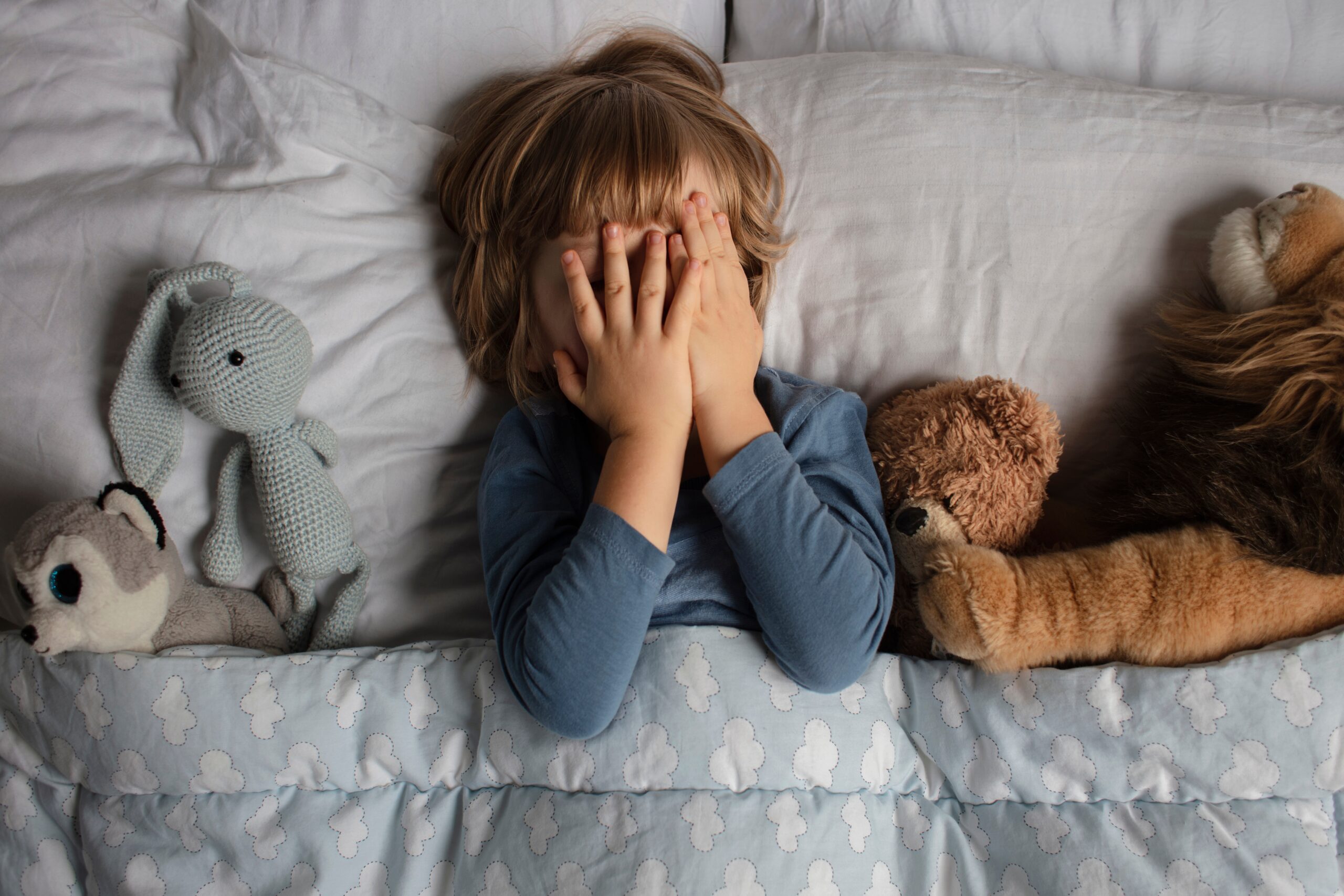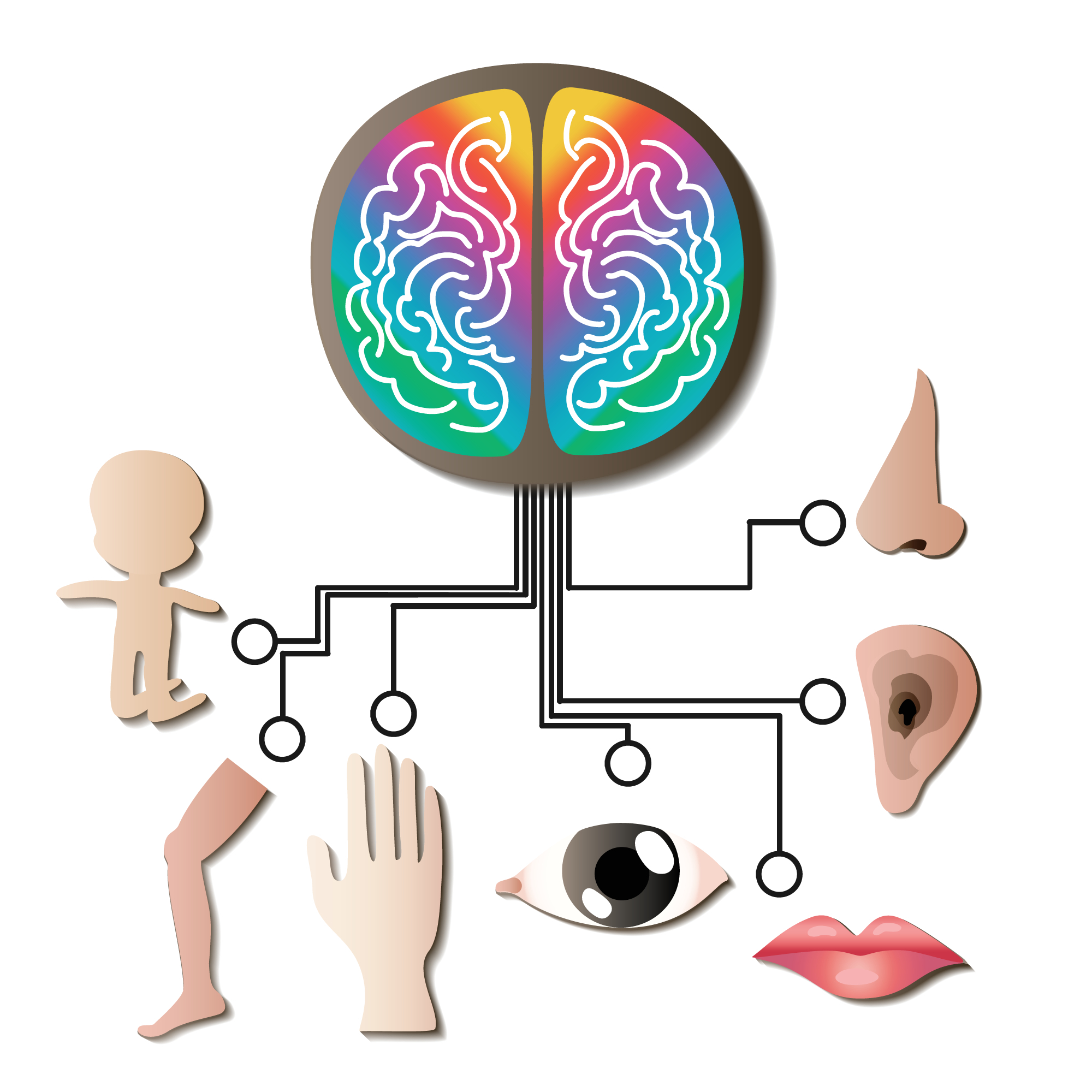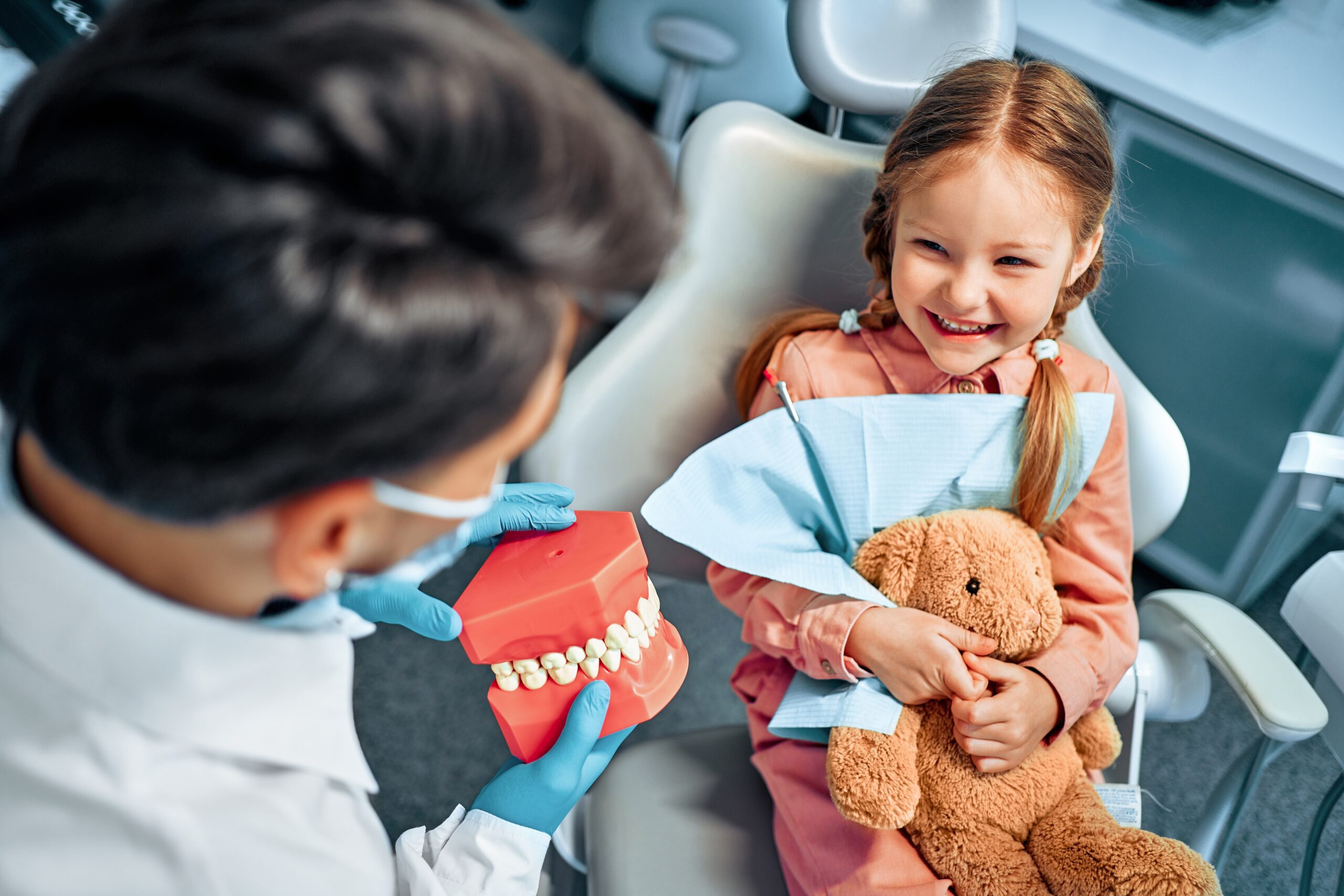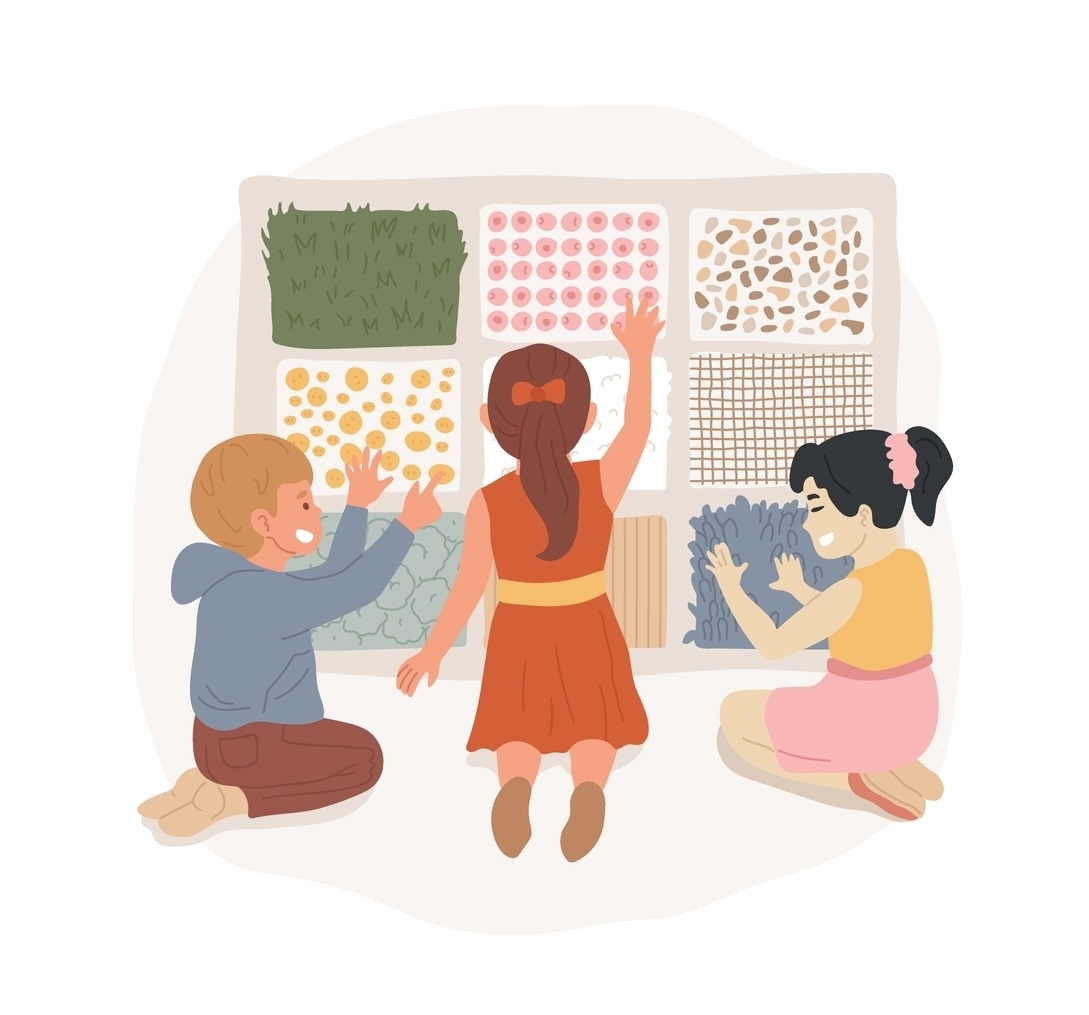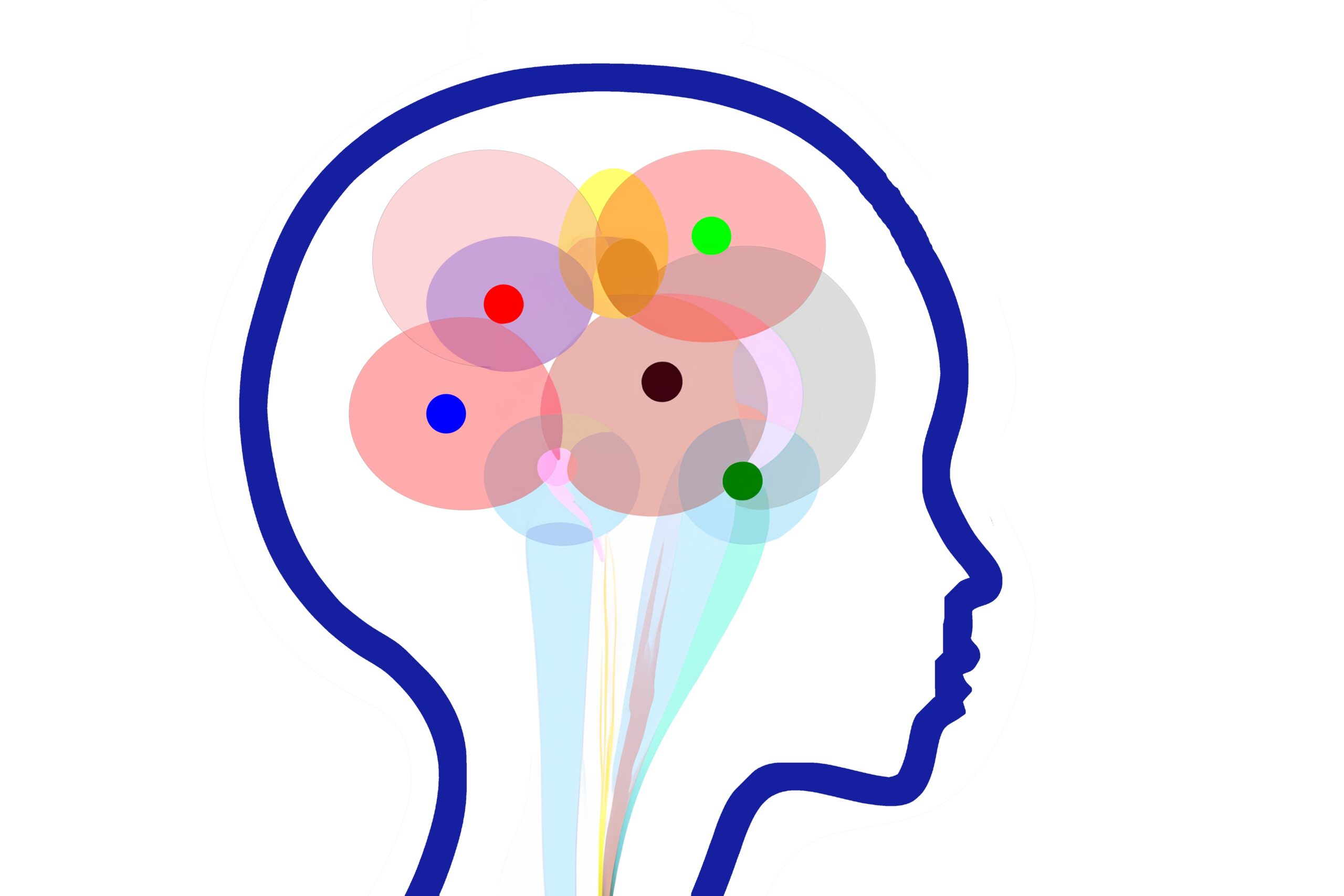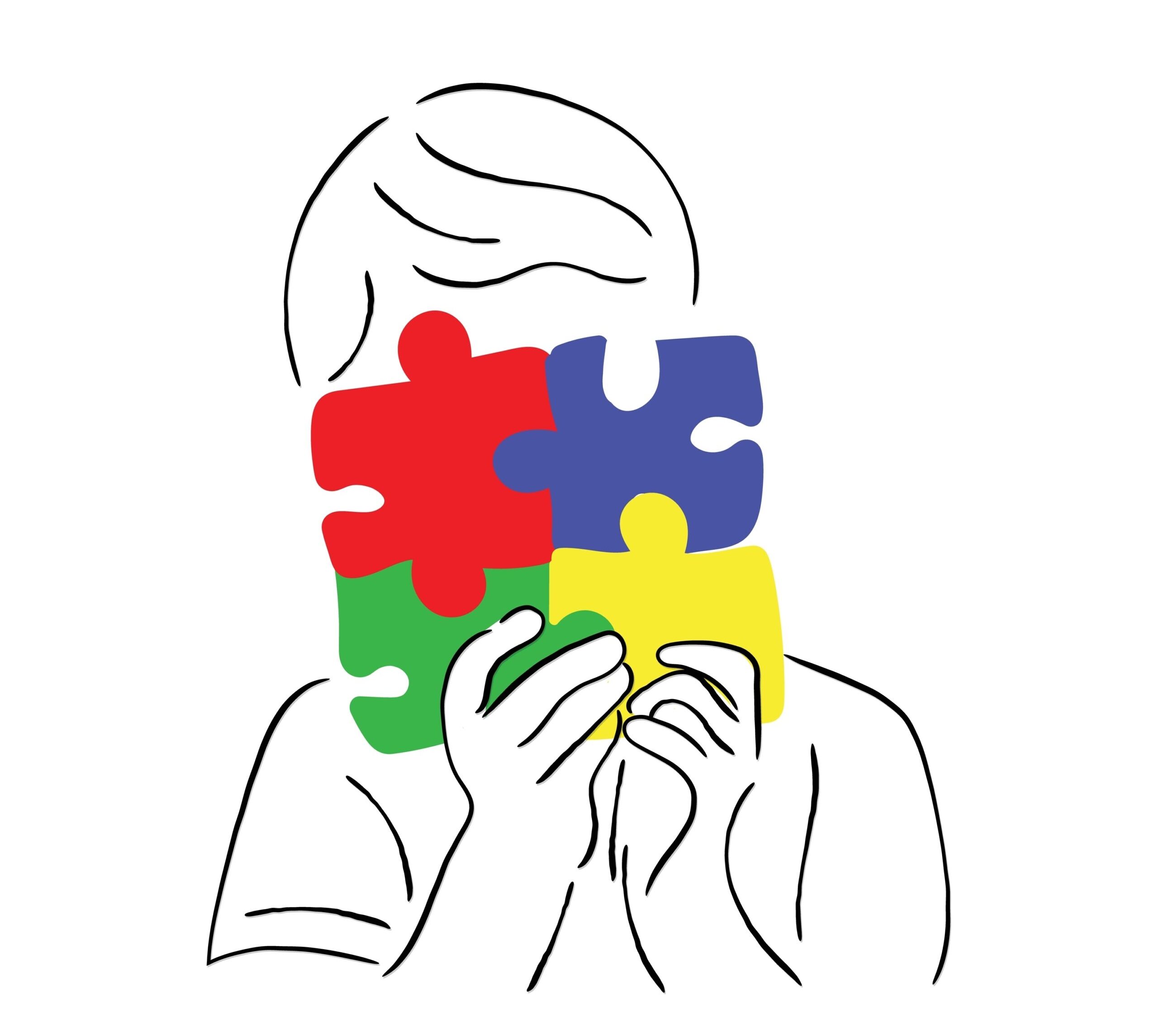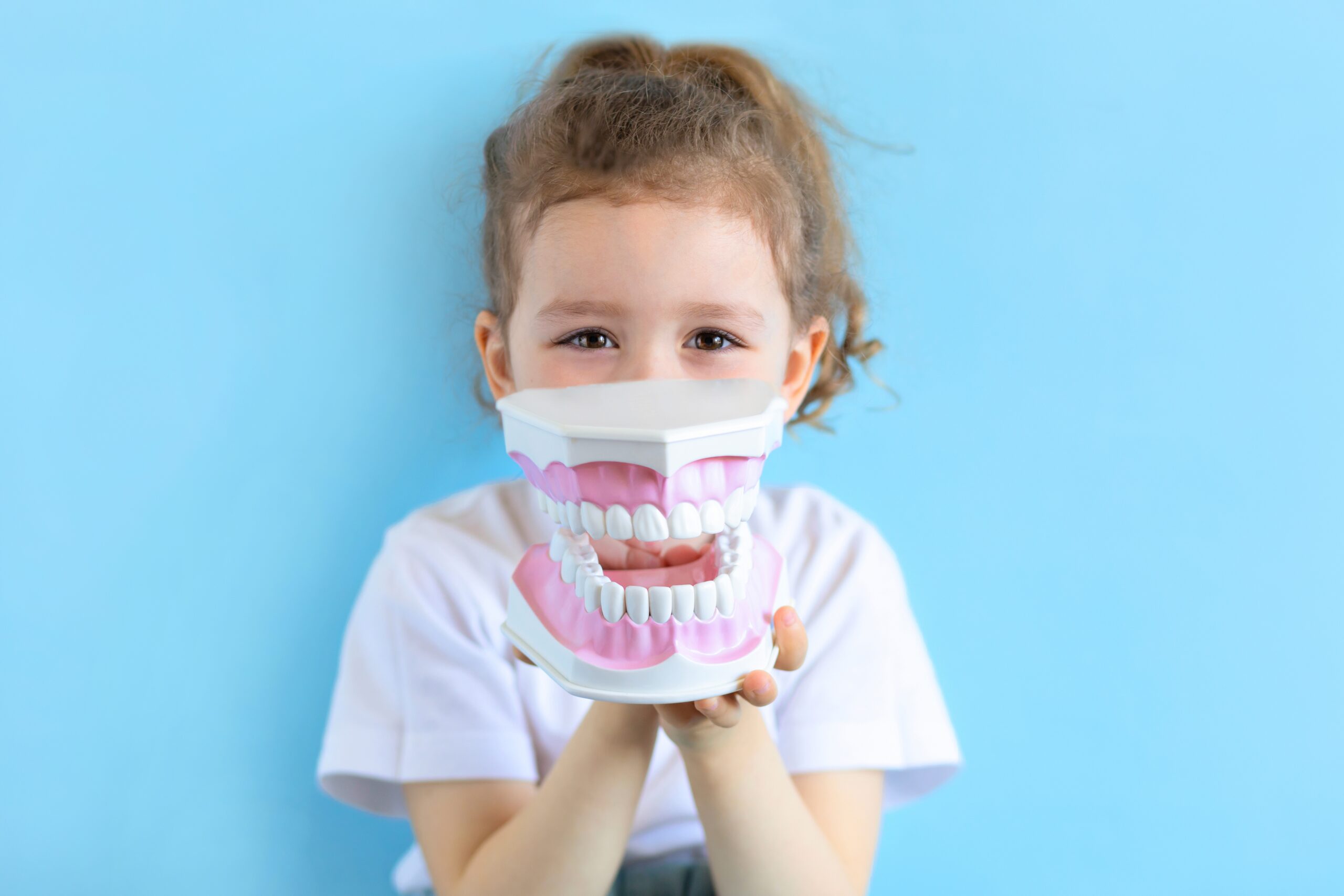Why Discolored Teeth in Kids Could Signal an Underlying Issue
Resource Hub: For Kids, Adults, Parents & Therapists
Why Discolored Teeth in Kids Could Signal an Underlying Issue

Authored by: The DrSensory Editorial Team
Reviewed by: 🛡️ DrSensory Clinical Review Board
Last updated: August 2025
1 of 7 / Overview
Why Discolored Teeth in Kids Could Signal an Underlying Issue
Discolored teeth in children can be concerning for parents — and while surface stains may be cosmetic, persistent or unusual discoloration can point to deeper issues. From enamel defects and trauma to nutritional deficiencies or developmental concerns, tooth discoloration may be a warning sign rather than just a stain.
At DrSensory, we prioritize care beyond aesthetics to understand what’s causing the discoloration, especially when it’s tied to oral development, breathing patterns, or sensory-related feeding behaviors.

2 of 7 / Signs & Symptoms
Not all tooth discoloration is created equal. It may appear suddenly or gradually, affect one tooth or many, and range in color from yellow to brown, gray, or white.
Here are signs parents should look for:
- Yellow, brown, or gray teeth
- White patches or lines on enamel
- Darkening of a single tooth (often after trauma)
- Staining near the gum line
- Discoloration that doesn’t respond to brushing
- Sensitivity or discomfort in discolored teeth
If your child’s teeth appear stained despite good hygiene, the cause may be internal — not just surface-level.
3 of 7 / Causes & Risks
There are several reasons why a child’s teeth may become discolored, and not all are directly related to brushing habits or food choices.
Common Causes:
- Enamel hypoplasia (underdeveloped enamel at birth)
- Tooth trauma (internal bleeding or nerve damage)
- Chronic mouth breathing or dry mouth
- Poor oral hygiene or plaque build-up
- Medication use (such as antibiotics like tetracycline)
- Fluorosis (excess fluoride exposure)
- Dietary habits, especially frequent juice or acidic food consumption
- Sensory feeding issues leading to food variety limitations
- Developmental conditions (e.g., premature birth, metabolic disorders)
Risks of Ignoring It:
- Progression of underlying issues (e.g., weakened enamel)
- Speech or chewing difficulties
- Social/emotional impact (self-consciousness in older kids)
- Increased risk of cavities and infection
4 of 7 / Diagnosis & tests
At DrSensory, we believe every symptom tells a story. Diagnosis of discolored teeth starts with a thorough clinical evaluation, which may include:
- Visual inspection and dental history
- Enamel integrity testing
- Assessment of mouth breathing or oral habits
- Feeding and nutrition review
- Screening for oral-motor dysfunction
- Collaboration with pediatric dentists or ENTs as needed
We look at the whole child, not just the tooth — identifying any coexisting speech, breathing, or sensory issues that may be contributing.
5 of 7 / Care & treatment
Treatment for discolored teeth depends on the cause. Some stains are reversible or manageable, while others require more structured intervention.
Professional Cleaning
Removes plaque-based discoloration and helps assess what’s underneath.
Enamel Remineralization and Sealants
Helpful in cases of weak enamel or early damage to protect teeth from decay.
Addressing Mouth Breathing
Mouth breathing dries out the mouth and contributes to plaque and discoloration. If present, a breathing or orofacial evaluation is recommended.
Feeding Therapy or Nutritional Support
Children with restricted diets due to sensory aversions may lack the nutrients needed for healthy teeth.
Oral-Motor or Myofunctional Therapy
If discoloration stems from poor oral habits, low tone, or improper swallowing, retraining those muscle patterns can prevent further damage.
6 of 7 / Living With
While tooth discoloration can often be managed, it’s important not to brush it off (pun intended). Persistent or unusual stains may be the first visible symptom of a deeper issue — whether that’s enamel defects, mouth breathing, or poor oral-motor function.
Parents can support their child by:
- Encouraging regular dental checkups
- Limiting sugary and acidic foods
- Addressing any speech or chewing difficulties
- Consulting a specialist if discoloration doesn’t improve with brushing
At DrSensory, we help families connect the dots between oral health and overall development — because a healthy mouth supports a healthy child.

7 of 7 / related reading
More on Pediatric Dental & Oral Development

- Tongue Ties in Babies and Children
- Tooth Grinding in Children: Causes, Treatments, and Long-Term Effects
- Lip Ties in Kids: Impact on Eating, Speech, and Oral Development
- Why Discolored Teeth in Kids Could Signal an Underlying Issue
- Is Your Child’s Tooth Sensitivity a Sign of Something More?
- Jaw Clicking and TMJ in Teens: What Parents Need to Know
Frequently Asked Questions
What causes discolored teeth in children?
Discolored teeth in kids can be caused by poor oral hygiene, trauma to the tooth, certain medications, excess fluoride (fluorosis), enamel defects, or underlying health conditions.
Is it normal for baby teeth to look yellow or gray?
While slight color variation is normal, yellow, brown, or gray baby teeth may indicate decay, trauma, or developmental enamel issues. A pediatric dental exam is the best way to know for sure.
Can an injury cause a child’s tooth to change color?
Yes. A blow to the mouth can damage the blood vessels inside the tooth, leading to internal bleeding and tooth discoloration—often turning the tooth gray, brown, or even black.
When should I be concerned about tooth discoloration in my child?
If your child has sudden, uneven, or dark discoloration—especially if it’s accompanied by pain, sensitivity, or swelling—it’s important to see a pediatric dentist. Discoloration may be an early sign of decay, infection, or injury.
Can tooth discoloration in children be treated?
Yes. Treatment depends on the cause. Options may include professional cleaning, fluoride treatments, dental fillings, or even whitening for older children. Enamel defects may require ongoing monitoring and care.
How can I prevent discolored teeth in my child?
Good oral hygiene, limiting sugary drinks, avoiding excessive fluoride, regular dental checkups, and protecting teeth during sports can all help prevent tooth discoloration in children.
Find a Therapist near you
Are you looking for a physical, occupational, or speech therapist in your area?
Look no further than the DrSensory Therapist Database and Clinic Directory!
Find a Therapist
Find the physical therapist, occupational therapist, or speech language pathologist you’re looking for!
Ask Us Anything
Whether you are looking for advice, have a general question about sensory processing, or looking for resources.
Submit Your Story
Share your story about your child. Let’s celebrate milestones and learn more about challenges.
Glossary
Tooth Discoloration
A change in the normal white color of teeth. In children, discoloration may appear as yellow, gray, brown, or even black, and could signal decay, trauma, or enamel defects.
Enamel Hypoplasia
A developmental defect where tooth enamel is thinner or weaker than normal, making teeth more prone to discoloration, decay, and sensitivity.
Pulp Necrosis
The death of the tooth’s nerve (pulp), often caused by trauma. This can lead to internal tooth discoloration, usually appearing as a gray or darkened tooth.
Fluorosis
A condition caused by excessive fluoride intake during tooth development, leading to white spots, streaks, or brown stains on the teeth.
Intrinsic Staining
Tooth discoloration that occurs within the tooth structure, often due to trauma, certain medications (like tetracycline), or developmental conditions.
Extrinsic Staining
Surface-level tooth staining caused by external factors like poor oral hygiene, certain foods and drinks, or iron supplements. This type of discoloration can usually be polished off.



































